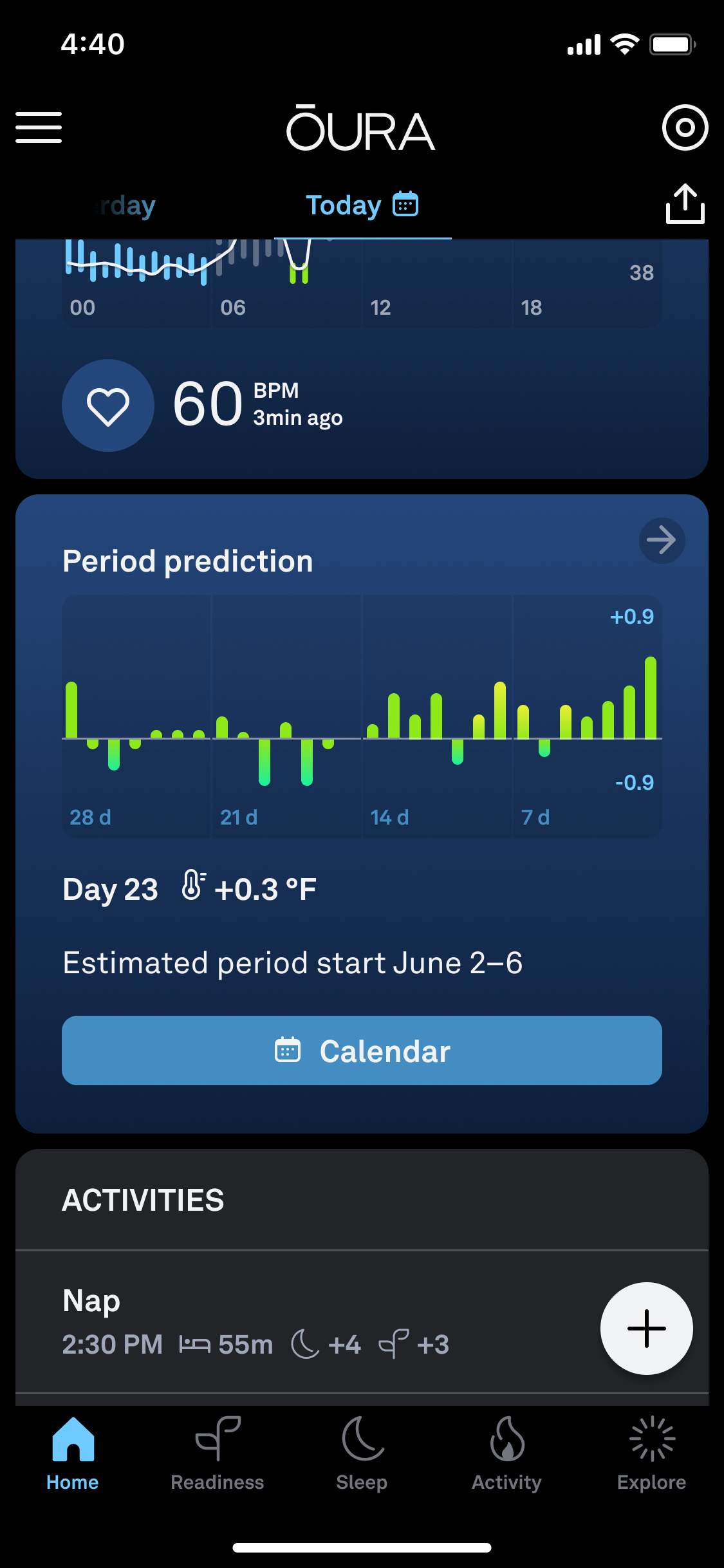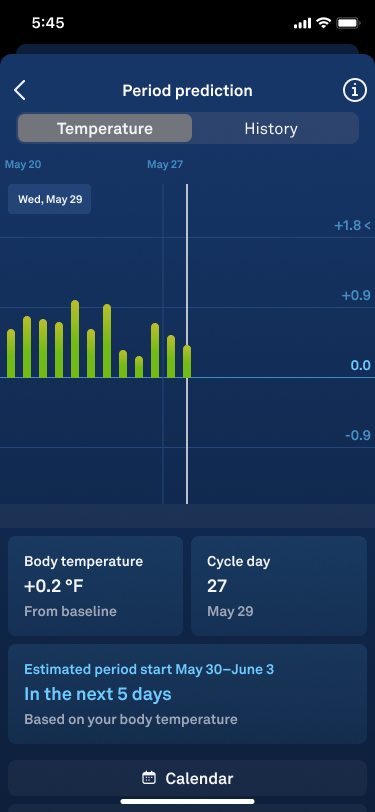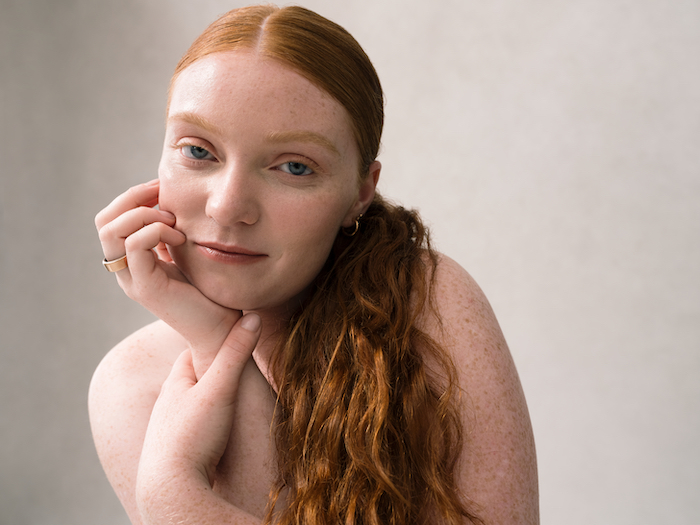Period prediction [now Cycle Insights] is the latest addition to the growing suite of reproductive health features within the Oura Membership. This feature, which has been beta-tested and validated by Oura members for several months, helps you track your period according to your body rather than your calendar. While many period tracking tools exist, they base their predictions on numerical values like cycle length or your calendar, rather than reading signals directly from your body as they change.
In fact, the idea that most women’s cycles are 28 days long is a common misconception and may only represent a small portion of the population. Additionally, your cycle length will likely change with age.
Keep reading to learn more about this new feature.
RELATED: Oura Integrates With FDA-Cleared Birth Control App, Natural Cycles°
What is Period Prediction [now Cycle Insights]?
Period prediction is designed for women and all people with a menstrual cycle, and uses key biosignals to provide a five-day prediction window for the start of your next cycle and period onset. In addition to your upcoming monthly prediction, you’ll see historical data in the Oura App calendar view, helping you understand your individual cycle and rhythms over the course of time.

Members can view their period prediction information directly on the Home tab within the Oura App, including a body temperature trends graph, current cycle day, latest body temperature difference from baseline, estimated next period start, and a dynamic calendar button. (Note the temperature trends graph uses your body temperature nightly deviation to highlight changes in body temperature variations between cycle phases and throughout the cycle.)
For those who track their period with Oura, your insight messages are tailored to focus on balancing activity and recovery depending on where you are in your cycle.
READ MORE: How to Use Oura Temperature Trends to Track Your Menstrual Cycle
You can also tap into the Cycle Insights home card to find additional information about your temperature trends and cycle history.
In the detailed view, you’ll be able to see the below data:
Temperature Trends:
- A visual temperature trends graph with your body temperature nightly deviation
- Cycle day and date
- Estimated next period start
- Method of prediction (based on body temperature trends or calendar method)
- The ability to log period start
- An option to click to the calendar view
History:
- Past cycles, including date of start and length
- The ability to log and delete periods


Tap into the Cycle Insights home card to find more info about your temperature trends and cycle history.
What’s Unique About Oura’s Approach?
Because there are unique changes that occur in body temperature across the menstrual cycle, temperature trends are the key biosignal used to accurately track, predict, and visualize your monthly cycle. The menstrual cycle has two main phases, the follicular phase and the luteal phase. During the follicular phase, which is from the first day of menstruation to ovulation, changes in hormonal levels may cause your body temperature to decrease. During the luteal phase, from ovulation until the next menstruation, rising progesterone levels usually elevate your body temperature.
Oura uses your nightly body temperature trends, along with other biosignals like HRV, to make your period prediction window. Your period prediction windows are created from comprehensive data that builds over time, not single intakes. Historically, most period tracking solutions rely on “the calendar method,” which uses your last period start date and a user-inputted cycle length to predict the start of your next cycle. However, periods can change from cycle to cycle and be impacted by various factors like stress, diet, and illness.
During your first 60 days of using this feature, Oura will base your predictions off of the calendar method and the information you provided during onboarding. After 60 days, your predictions will be based on body temperature trends, as long as you have enough nights of temperature trends data, which means your five-day prediction windows can update as your body changes over time.
How Does Birth Control or Pregnancy Affect Period Prediction?
Period Prediction is designed to work for individuals who have natural temperature patterns in their cycle because it uses your temperature deviations to detect different phases of your cycle. Hormonal contraceptives (e.g., birth control pills), pregnancy, or hormone replacement therapies hide or alter these patterns, preventing Oura from accurately predicting your period.










